
Background and History
In the mid of 1930 the Karyan Fleet was given approval to construct 4 fleet carriers for the patrolling of its territories. The current fighters of the Karyan Fleet Air Service were evaluated by many of the pilots as reliable but starting to show its age. The GPF-125 was a reliable aircraft but it had been outpaced by technology and is now an outdated aircraft. In late 1929 the Poyasakai made massive improvements on their engine designs and rolled out the Poyasakai Kamikaze family of engines.

Design
The list of required specifications that the Karyan Fleet Air Service (KFAS) submitted to the Poyasakai was considered by many of the design teams as "F@cking impossible!" and "Too ambitious". However three design teams came up with Design A.133,B133, and C.133. Design C.133 won out during trials. The C.133 was formally designated as LRF.133 series. Compared to the other designs, she was the most maneuverable, the longest range but the least durable and could carry the least amount of weight.

Powerplant
The Poyasakai Kamikaze family of engines is a 1,000Hp class engine. It is known for ruggedness, reliability and lightweight construction. The Kamikaze series of engines were used by the Karyan Union and the export version is used by the Fabellans. The small and powerful engine is able to accelerate the LRF-133-III up to 550kph(340mph) at 4,500M(14.7K Ft). Propeller efficiency was also improved by the Kariansk Workshop
Propeller Workshop variable speed propeller.
Armament
AAC-132 15mm machine gun
A 15mm machine gun. Used by aircraft since 1932. Capable of carrying a large amount of damage at medium rate of fire.
K100AAD-mod.02 Anti AAA bomb
A 100kg/200lb bomb used for bombing AA emplacements. Known for being a silent bomb that barely makes a sound when falling to its target.
Survivability and protection
The aircraft is equipped with no protective armor plating. The light weight construction
Extra Systems
Gyroscopic Autopilot
Special Type Combat flaps
AMR-132 Radio
Arrestor hook
Fuel Tanks and endurance
A single 970L fuel tank in the center of the fuselage. LRF-133-III is able to fly for 3+ hours at maximum power at full speed.
Karyan Carrier service
Because of the light weight of 3,850kg(6,767lbs) at her maximum load, she is known to be highly compatible with most Karyan fleets and light carriers. Many of the Karyan pilots like the aircraft, as it offers a large and spacious cockpit, the aircraft controls are positioned in a way that a pilot would not need lights in order to interact with the control panels. When the wings are folded, the aircraft can fit in a small space but is very tall.

The Air Group of Carrier Division 13
The 13th carrier division's fighter complement consisted of 132 LRF-133-IIIs. The 13th Fighter Air Group were widely regarded as highly trained and battle hardened pilots. Despite the High Command wanting to return the squadron for their training cycle, the commander in charge of 13th carrier divisions negotiated to retain half of the fighter pilots to remain with the carrier division. The veteran fighter pilots proved to be highly disciplined, at the end of their extended tours, they trained hundreds of recruits.
This Vehicle and specifications
The aircraft shown is a long range carrier fighter.
Max Range:
3,400km/2112ml at 45% throttle and 3km/9.8k ft altitude.
Max Endurance:
7.5 Hours
Max Speed at altitude:Sea Level: 383kph(238mph)
3km/9.8k ft: 460kph(285mph)
4.5km/15k ft: 510kph(316mph)
5.6km/18k ft: 540kph(355mph)
Crew:
1(Pilot)
Armament
4 x 15mm machine guns(960 Round OA/ 240RPG)
Take off run
190m/623ft Without wind
Extra controls
VTOL up, Combat flaps
VTOL down, regular flaps
AG1, fold wings
AG5, Autopilot mode
AG6, open cowling
AG8, Lights
Specifications
Spotlights
- JS01 4.9 years ago
- masotan15 4.9 years ago
- Bernkastel 4.9 years ago
General Characteristics
- Created On Windows
- Wingspan 45.9ft (14.0m)
- Length 35.7ft (10.9m)
- Height 14.8ft (4.5m)
- Empty Weight 6,767lbs (3,069kg)
- Loaded Weight 8,503lbs (3,857kg)
Performance
- Horse Power/Weight Ratio 0.194
- Wing Loading 12.8lbs/ft2 (62.6kg/m2)
- Wing Area 662.7ft2 (61.6m2)
- Drag Points 3606
Parts
- Number of Parts 720
- Control Surfaces 0
- Performance Cost 2,706

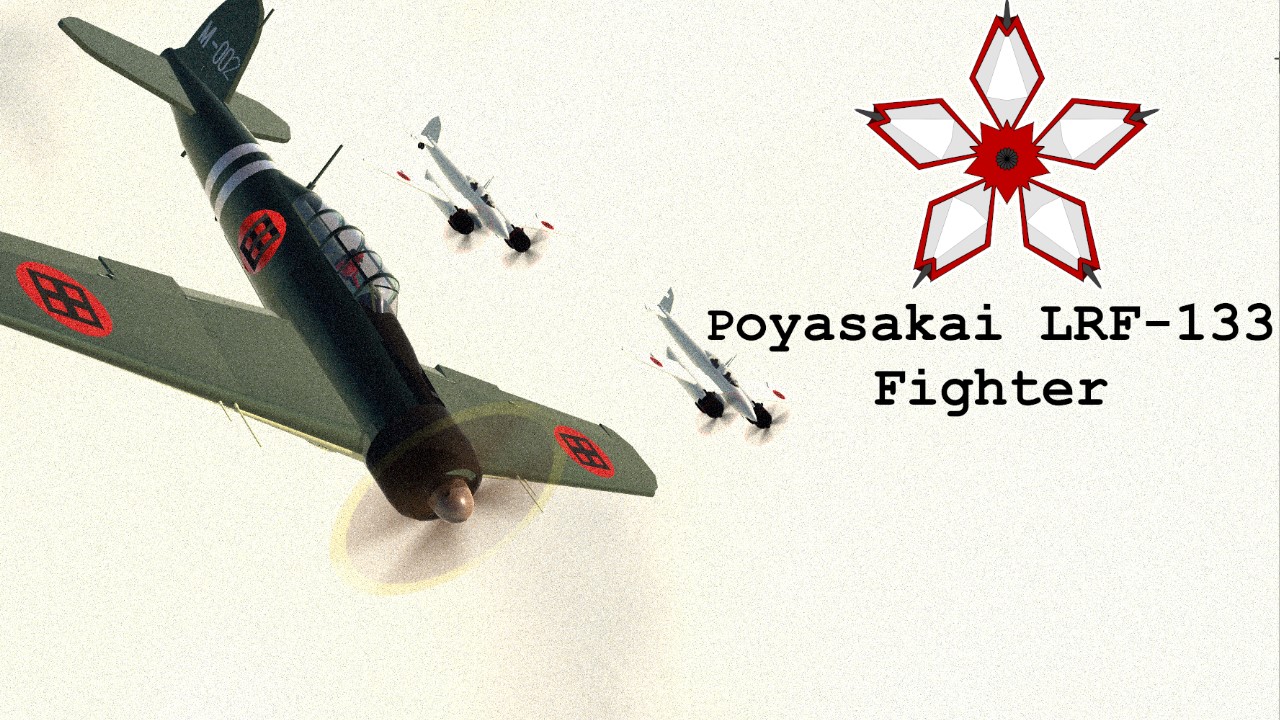

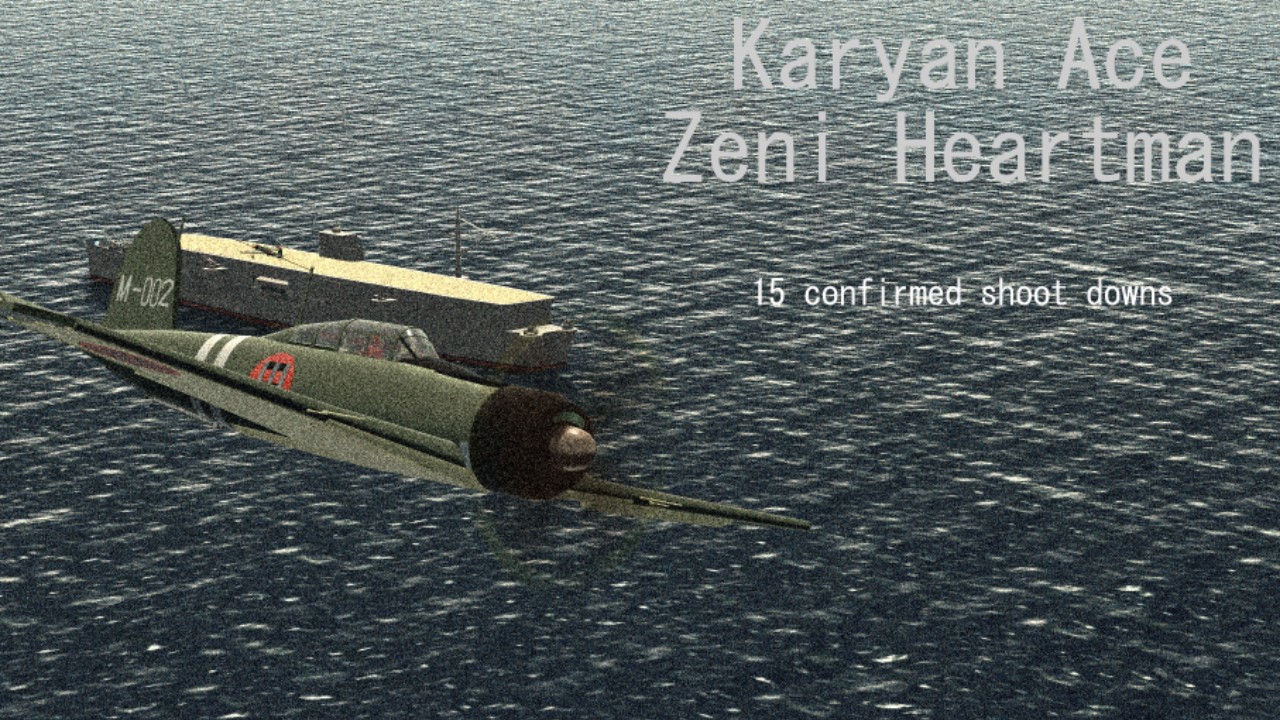
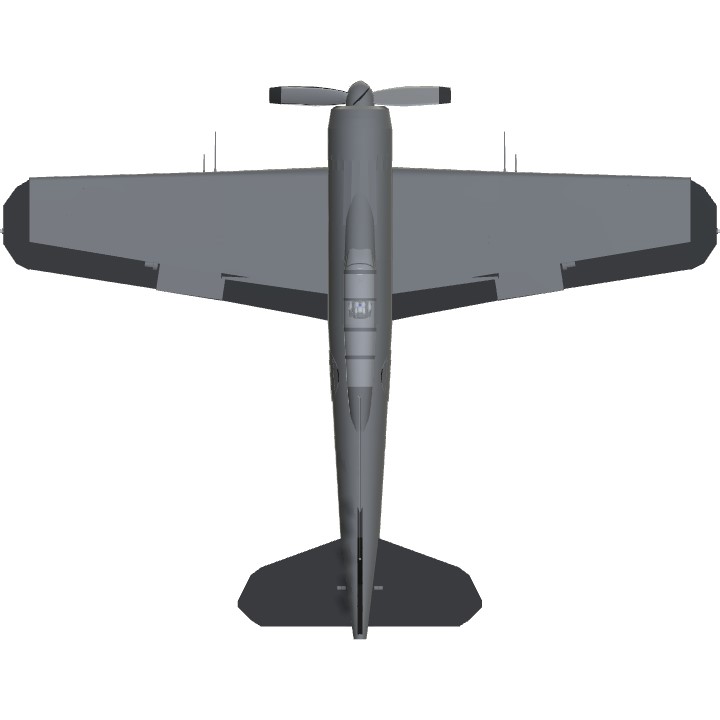
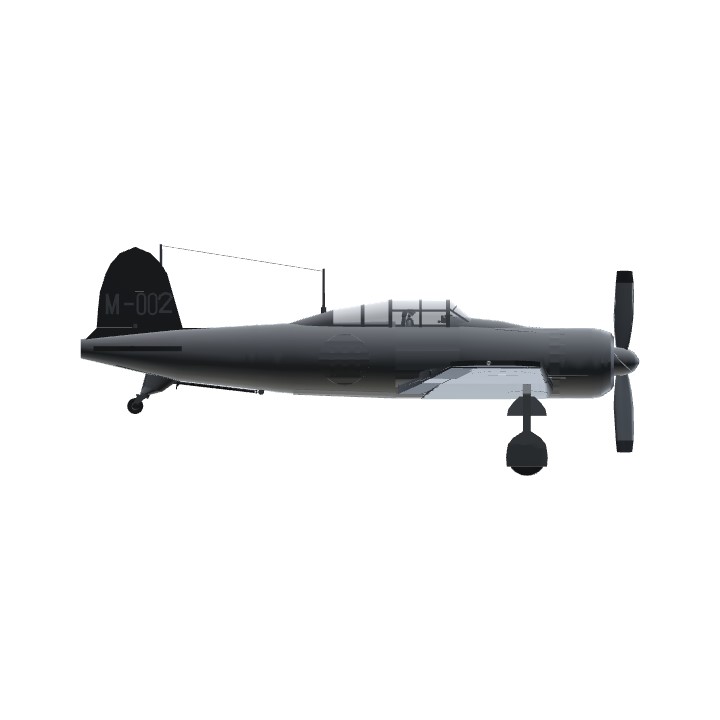
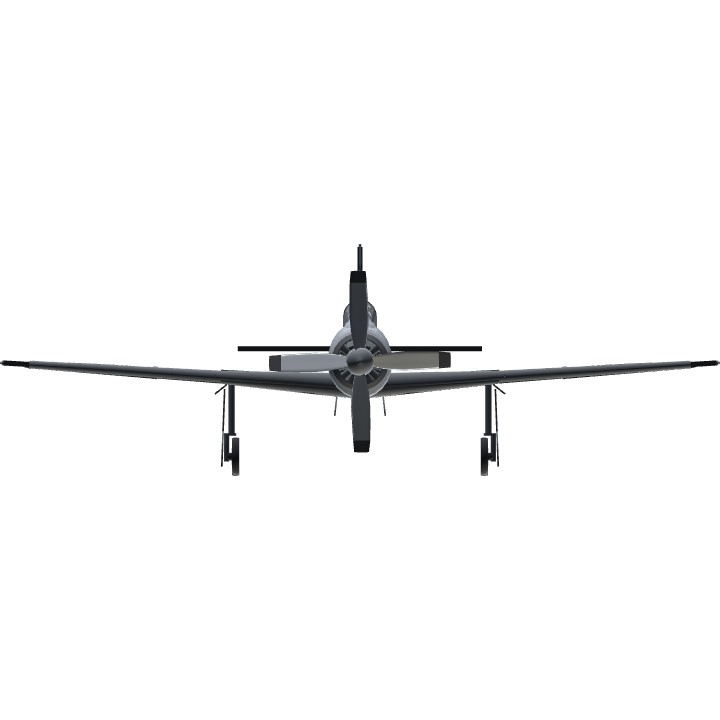
This looks like a decommissioned zero
LIT DAWG PLANE
Cool !
YES YES YES YES
doot